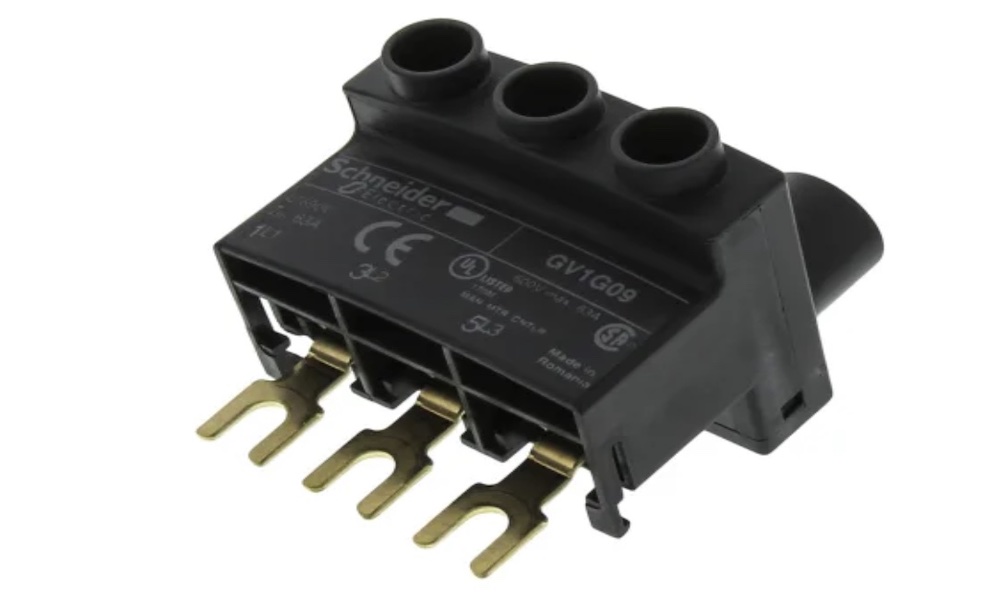Prevent Electrical Hazards With Key Safety Measures for Power Strip Circuit Breaker
- Written by The Times

As the reliance on technology increases, so does the number of electronic devices use on a daily basis. With this increase in electronic usage, the need for power strips has become more prevalent. Power strips are used as a convenient way to increase the number of electrical outlets available in an area while providing surge protection for the connected devices. Even with surge protection, power strips are not immune to circuit overloads that can damage your devices or even start a fire. This is where power strip circuit breakers come in.
A premium power circuit breaker is an essential safety feature that protects against overloading circuits and provides additional protection to connected devices. This feature works by interrupting the flow of electricity when the current exceeds a predetermined level. This is particularly useful when there is a power surge or a sudden increase in the demand for electricity on the circuit.
Here are the Safety Precautions When Using a Power Strip Circuit Breaker:
- Always Read the User Manual Before UseOne of the most crucial safety precautions is to read the user manual thoroughly before using it. The manual provides vital information on the installation process, operation, and safety guidelines that must be followed to prevent accidents or damage to property. Users must ensure that the power strip circuit breaker is compatible with the electrical appliances they intend to use. It is also essential to avoid overloading the power strip by plugging in too many devices or appliances, as this can cause heat build-up and potential hazards.
- Do Not Overload the Circuit Breaker Beyond Its CapacityOverloading the circuit breaker can result in overheating and cause electrical fires, damaging your appliance and property. It is recommended to read the power strip circuit breaker manual and understand its capacity before plugging in any devices. It is advisable to unplug devices that are not in use and avoid using extension cords with power strips to minimize the risk of overloading the circuit breaker.
- Keep the Power Strip Circuit Breaker Away from Water and Damp AreasOne crucial measure is to keep the circuit breaker away from water and damp areas. Exposure to moisture can cause electrical shorts, which can potentially lead to electrical fires or electrocution. It is also advisable to use a power strip with a built-in circuit breaker to prevent overloading and to avoid using an extension cord to connect multiple power strips. The power strip should be properly grounded and used only for its intended purpose.
- Inspect the Power Strip Circuit Breaker Regularly for Any Damage or Wear and TearAs a responsible user of power strip circuit breakers, it is important to prioritize safety precautions in order to minimize the risk of electrical hazards. One such precaution is to regularly inspect the power strip circuit breaker for any signs of damage or wear and tear. This includes checking for frayed wires, loose connections, or any other physical damage that may compromise its functionality.
- Unplug the Power Strip Circuit Breaker When Not in Use or During a Power OutageUnplug the power strip circuit breaker when not in use or during a power outage. This prevents the power strip from overheating, which can lead to electrical fires or damage to your electronic devices. It is also recommended to avoid overloading the power strip with too many devices plugged in at once, as this can also result in overheating and potential hazards.

















